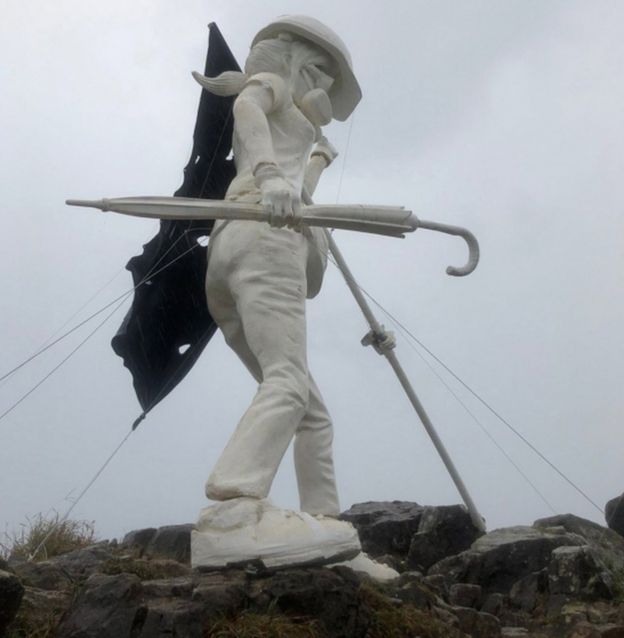D
Deleted member
Guest
So, in the latest escalation of words from the Red Chinese government...
China's President Xi Jinping has issued a stern warning against dissent as protests continue in Hong Kong, saying any attempt to divide China will end in "crushed bodies and shattered bones".
His comments came during a state visit to Nepal on Sunday, China's state broadcaster CCTV said.
Several peaceful Hong Kong rallies descended into clashes between riot police and protesters on Sunday.
Public transport stations and shops deemed to be pro-Beijing were damaged.
Several neighbourhoods saw rallies, and by Sunday afternoon at least 27 stations on the MTR - Hong Kong's metro - were closed.
Police said they had used "minimum force" to disperse protesters, but television footage showed weekend shoppers caught in the chaos.
Some were filmed screaming and apparently injured as officers rushed into a shopping centre.
According to Reuters news agency, riot police with shields were forced out of one mall by chanting shoppers who took the side of the protesters.
Petrol bombs were thrown at Mong Kok police station, and one officer was slashed in the neck, authorities say. He is in a stable condition in hospital, the South China Morning Post reports.
A second man was allegedly beaten by protesters who found a baton in his bag and believed he was an undercover police officer.
Embedding police among the protesters has paid tactical dividends for the Hong Kong force, and spread paranoia among the mostly young activists.
Overnight on Sunday, one group of protesters hauled a three-metre-high (9-ft) statue of a protester on to Lion Rock, a famous outcrop overlooking Hong Kong.
- In pictures: The face masks Hong Kong wants to ban
- Hong Kong protests explained in 100 and 500 words
- Why Starbucks? The brands attacked in Hong Kong
The statue, Lady Liberty, has become a symbol of the rallies, and sports a gas mask, goggles and a helmet.
She represents an injured protester who demonstrators believe was shot in the eye by a police projectile.
The group of several dozen, some wearing head lamps, climbed the 500m peak during a thunderstorm. The statue held a black banner that read: "Revolution of our time, Liberate Hong Kong."
Image copyrightEPAImage captionThe "Lady Liberty" statue was installed on Hong Kong's Lion Rock overnight by several protesters

Hong Kong's protests started in June against proposals to allow extradition to mainland China, a move many feared would undermine the city's judicial independence and endanger dissidents.
The bill has long been withdrawn, but protests have widened to include demands for full democracy and an inquiry into claims of police brutality.
Earlier this month, the city's government used a colonial-era emergency law to ban the wearing of face masks at public rallies - but demonstrators vowed to defy it.
More than 2,300 people have been arrested since the civil disobedience began.
